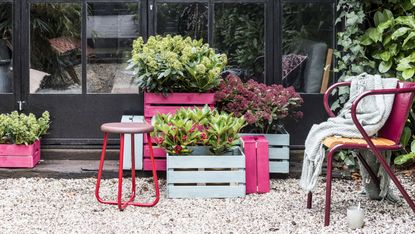Plants
Find the perfect plants and trees for your outdoor space with top tips and planting advice
Latest
-
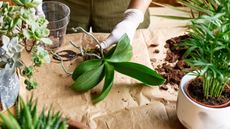
What causes orchid root rot and how do you solve it?
Plants Discover the causes of orchid root rot so you can prevent this common problem from killing your plant
By Sarah Forsyth Published
-
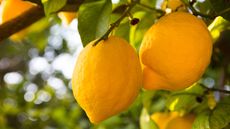
Expert tips on how to grow a lemon tree – both indoors and out
Grow Your Own Find out how to grow a lemon tree with our guide to citrus care and enjoy these fantastic aromatic plants in your plot
By Drew Swainston Published
-

Look out for these common houseplant diseases to keep your indoor display looking its best
Plants Get the lowdown on these houseplant diseases – including tips on identifying and preventing them
By Holly Crossley Published
-
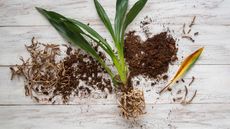
Why is my orchid dying? The experts explain what not to do when caring for these exotic plants
Plants Learn the main causes of orchid death so you can keep your indoor display looking beautiful
By Holly Crossley Published
-
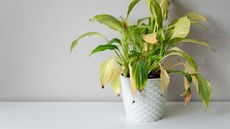
Why do houseplants die? 5 common reasons, and how to avoid them
Plants The experts reveal the biggest culprits behind houseplant death – so you can keep your collection happy and healthy
By Holly Crossley Published
-
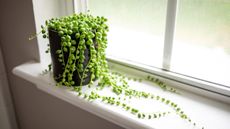
Should you propagate string of pearls in soil or water? Experts offer their advice
Plants String of pearls is one of the most popular indoor hanging plants, so learn how to propagate it with our expert-led advice and boost your collection for free
By Anna Cottrell Published
-

What causes mold on houseplant soil and how do you get rid of it?
How To Curious to know what causes mold on houseplant soil? Follow these expert tips and learn how to prevent it
By Jill Morgan Published
-
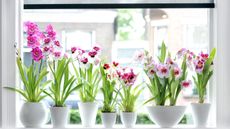
How long do orchid blooms last? Orchid experts reveal the answer
Plants Learn how long orchid blooms last, as well as tricks to prolong the display, so you can relax and enjoy their color and beauty
By Jill Morgan Published
-
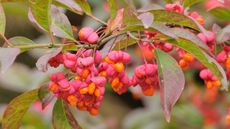
Euonymus care and growing guide: expert tips for these shrubs
Plants Grow euonymus successfully in your backyard with this practical advice on planting, pruning, and more
By Graham Rice Published
-

What to plant in January: 14 flowers and shrubs to add to your garden this month
Plants Our list of what to plant in January will get you ready for a beautiful display this year – including bare root perennials and top seeds to sow
By Holly Crossley Last updated
-
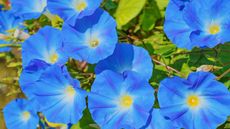
Morning glory care and growing guide: expert tips for these climbing beauties
Plants Find out how to grow morning glory and moonflower climbers with prolific, trumpet-style petals and well supported, quick-growing vines
By Graham Rice Published
-
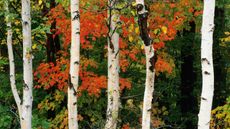
Experts reveal how to make white bark trees gleam this winter
Plants It's all down to simple soap and water
By Jayne Dowle Published
-
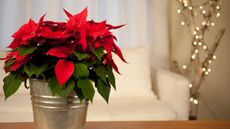
Why are my poinsettia's leaves falling off? Experts reveal the common causes
Plants Wondering why your poinsettia's leaves are falling off? Plant experts offer their top tips for rescuing the Christmas favorite
By Anna Cottrell Published
-

Best garden shrubs: 10 stunning varieties to plant in your yard
Plants There are lots of brilliant garden shrubs – here are some of our favorites, including new varieties
By Graham Rice Published
-

Edible weeds: 15 unexpectedly tasty plants to enjoy as crops
Plants These 15 edible weeds will enhance your kitchen garden and deliver quick and easy nutrition, variety and color
By Janey Goulding Published
-

Don’t kill your poinsettia with the cold, experts warn
Plants It brightens up the dark days of December, but remember, this festive favorite isn't a fan of the cold
By Jayne Dowle Published
-
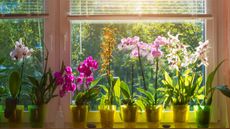
Why are my orchid leaves drooping? 6 reasons to look out for
Plants Find out what is causing your orchid leaves to droop and the best solutions recommended by plant experts
By Anna Cottrell Published
-
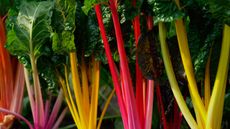
Ornamental edibles: 10 beautiful varieties for your vegetable plot
Grow Your Own Rethink your garden and use the space to grow ornamental edibles that look as good as they taste
By Anne Swithinbank Published
-
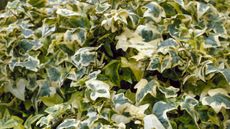
Ivy care and growing guide: tips for these beautiful climbing vines
Plants Learn how to look after ivy in your backyard – or even indoors
By Graham Rice Published
-
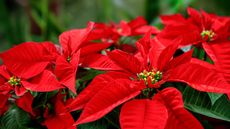
How to propagate poinsettias: quick tips for more festive plants
Plants Learn how to propagate poinsettias and get new plants for free
By Holly Crossley Published
-
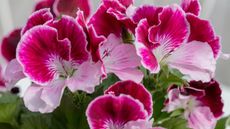
Why are my geranium leaves turning yellow? We reveal the likely reasons
Plants Geranium leaves turning yellow? Here's what could be going on with your plant, according to plant experts
By Anna Cottrell Published
-

Don't make this mistake if your trees and shrubs are covered in snow, says this garden expert
Plants Heavy snow can be very damaging to plants, but experts reveal there are certain things you shouldn't do when trying to protect your prize specimens
By Jayne Dowle Published
-
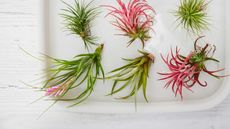
Wondering how to water an air plant? The experts explain
Plants Find out how to water an air plant properly to keep it in top health
By Holly Crossley Published
-

Monty Don says bubble wrap will save your plants – and save you money – this winter
Plants According to the garden expert, creating a ‘hot box’ out of this handy household staple will help your tender plants survive a cold snap
By Jayne Dowle Published
-

How to care for a poinsettia: essential care tips for success
How To Discover how to care for a poinsettia to give you a long lasting display which can be reused next year
By Teresa Conway Last updated
-

Green Giant Arborvitae care and growing guide: tips for this fast-growing evergreen
Plants A super popular evergreen, Green Giant Arborvitae is admired for its fast growth and handsome foliage, and is suitable for most backyards
By Sally Jenner Last updated
-
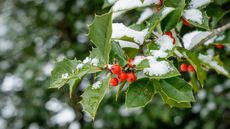
Holly care and growing guide: introduce these shrubs and trees to your yard
Plants Holly isn't just for Christmas – these plants can provide interest all year round
By Graham Rice Published
-
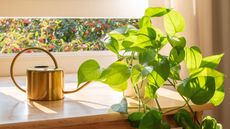
Pothos care and growing guide: easy steps to successful devil's ivy plants
Plants Our pothos care advice will help you keep this easy-to-maintain indoor plant looking beautiful all year round
By Zia Allaway Last updated
-
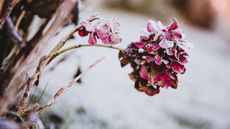
This old-fashioned gardener’s hack will keep your plants safe from frost this winter
Plants It’s cheap and easy and could save your tender backyard plants this winter
By Jayne Dowle Last updated
